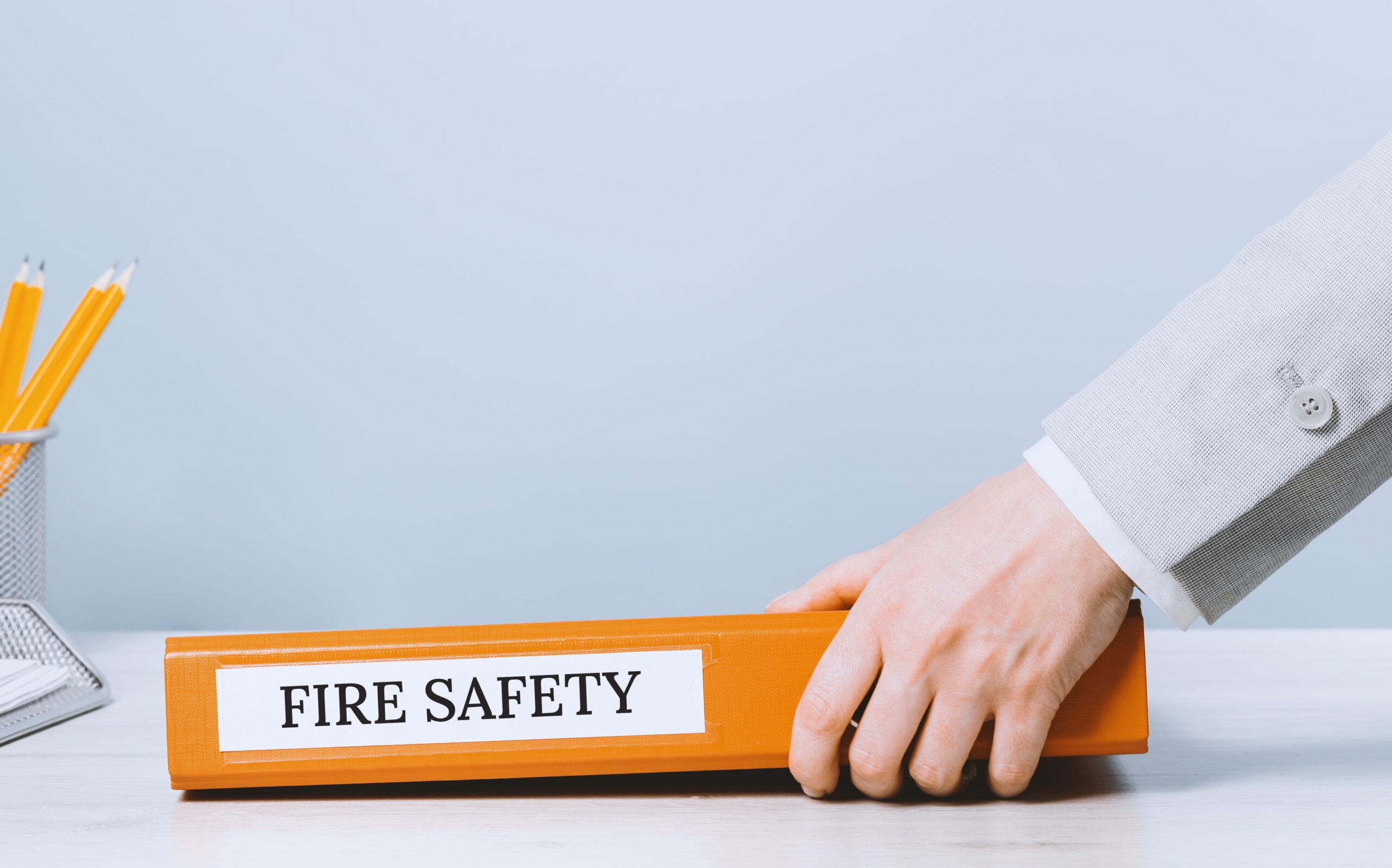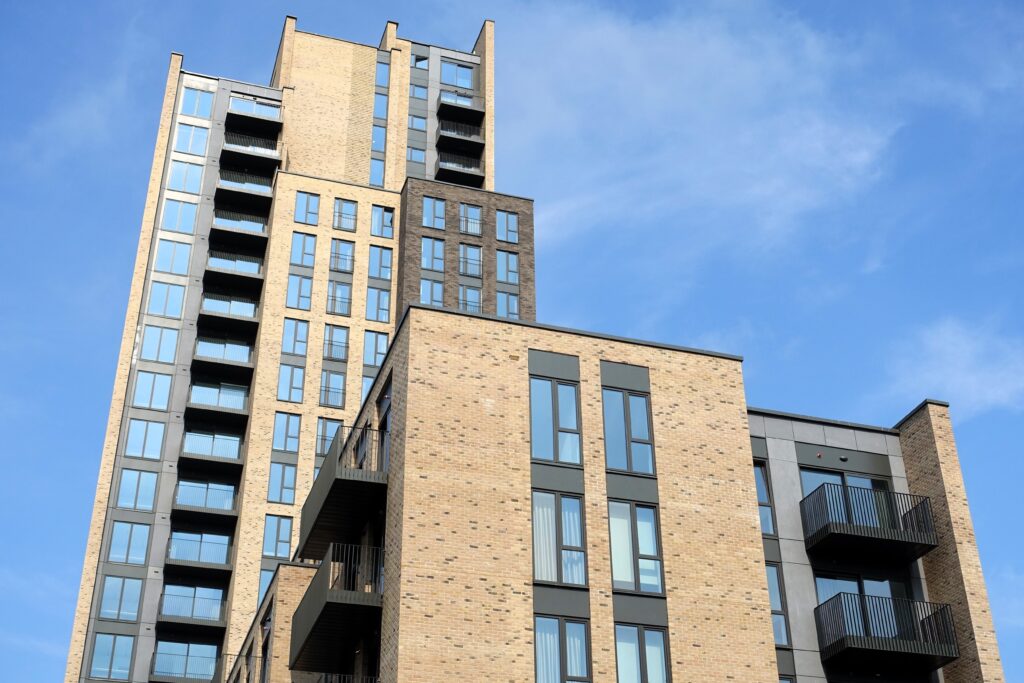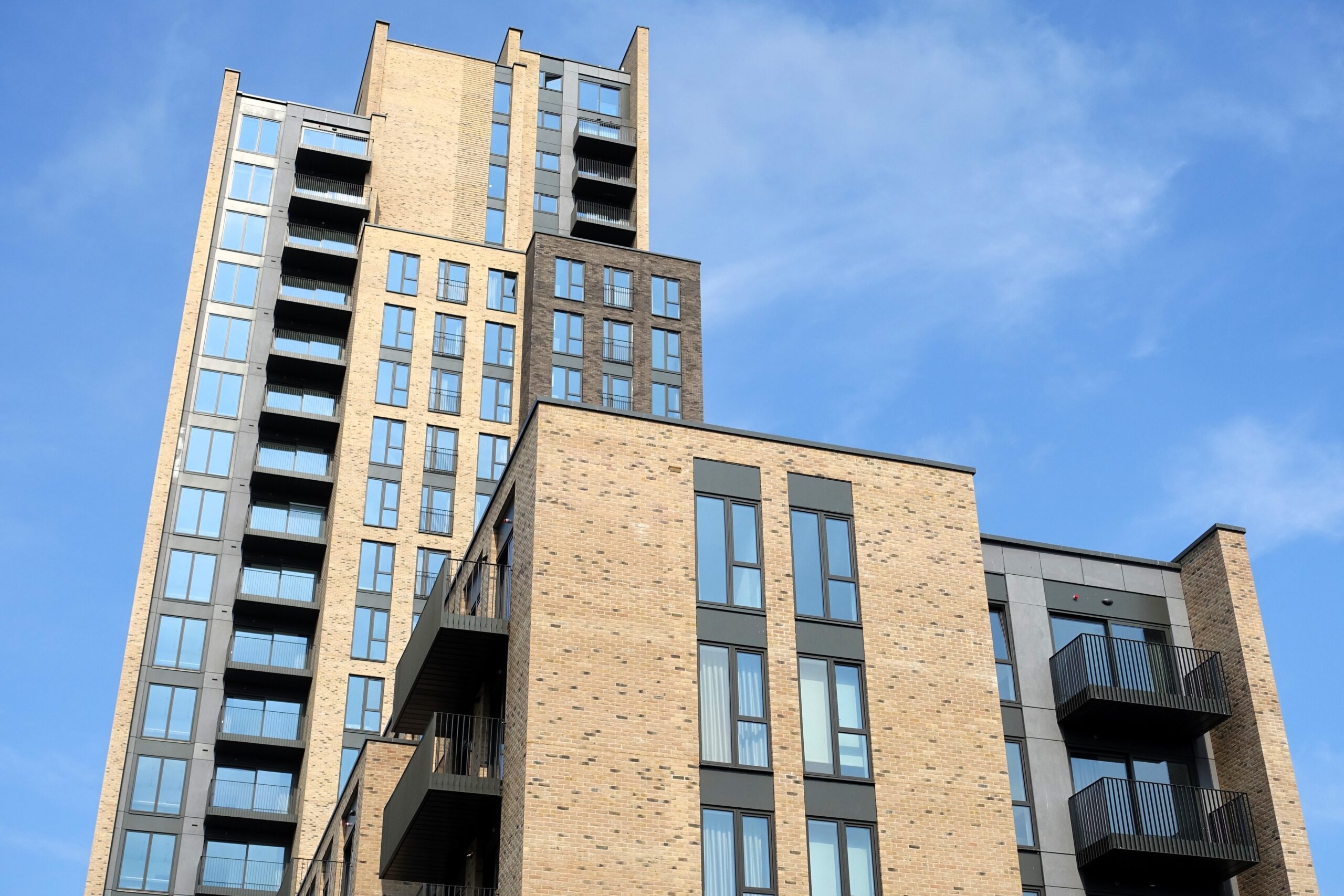What does the Fire Safety Act mean for conveyancing in the UK?
The Fire Safety Act 2021 is an important move from the UK government to ensure residents of multi-occupancy buildings are safer.
The new regulations put into place to improve fire safety measures in residential buildings has impacted the conveyancing process for solicitors. But how?
Read on as the experts at GD Property Solicitors explain how the Fire Safety Act has impacted processes and decision-making.
What is the Fire Safety Act?
The Fire Safety Act 2021 was introduced into Parliament in the UK in May 2022, primarily because of the Grenfell Tower disaster in 2017. This incident highlighted the serious issues of already existing legislation, especially concerning multi-residence buildings.
The Fire Safety Act is a crucial piece of legislation that’s designed to prevent future tragedies by extending fire safety responsibilities to all parts of multi-occupied residential buildings, as well as bolstering the powers of enforcement agencies.
There are three main aspects and purposes of the Fire Safety Act.

Addressing ambiguity
Before the introduction of the Fire Safety Act 2021, there was considerable ambiguity in regards to the Regulatory Reform (Fire Safety) Order 2005 (FSO) and whether the fire safety evaluations covered the external walls and the entrance doors of individual flats in multi-occupation residential buildings.
With the introduction of the Fire Safety Act, this has now been addressed, confirming that they are covered under the act.
Increased responsibilities for ‘responsible persons’
A responsible person refers to the building manager, owner or anyone who has control over the building. The increased responsibilities determine that the responsible persons, legally, must conduct fire risk assessments, regularly review the assessments and must eliminate or reduce fire hazards they find.
They’re also expected to provide all residents with fire safety instructions, including how to report and act if a fire is discovered, and to ensure the fire safety measures are kept in place and reviewed often.
This includes regular checks on fire safety doors within the residential homes.
If there are any design changes to the layout of the building or the materials used to clad the external walls, the responsible persons must inform the local fire and rescue services. Monthly checks must also take place on the elevators, particularly the ones firefighters may use or ones that will be used as part of an evacuation of the building. If there are any defects that are not fixed within 24 hours of discovery, the responsible persons must inform their local Fire and Rescue Service.
Improved accountability
The fire and rescue services will now find it easier to take enforcement action against the responsible persons who are deemed not to have complied with their new responsibilities under the Fire Safety Act.
This includes fines and possible prosecution.
The Fire Safety Act also has increased requirements for recording and sharing fire safety information to create a constant record throughout the building’s lifespan.

What is the Building Safety Act 2022?
The Building Safety Act 2022 is a part of the building safety legislation that was introduced following the Grenfell Tower disaster of 2017.
The act was introduced by the UK government to protect leaseholders from the burden of remediation costs as well as launch builder and government-funded schemes that reduce costs for leaseholders.
The act gives more power, rights and protection to residents and homeowners so all homes in the UK are safer. It did so by overhauling the existing legislation to create lasting change and clearly define how residential buildings should be constructed to be safe.
How does the Fire Safety Act impact conveyancing solicitors?
The Fire Safety Act has dramatically changed how conveyancing solicitors work in the UK, especially when it comes to residential leasehold conveyancing matters.
There are five key areas where a conveyancing solicitor’s role has been impacted by the Fire Safety Act 2021.
Increased due diligence
- Understanding the building – Conveyancing solicitors now have a much greater responsibility to establish details about the building in which the leasehold property exists. This includes the exact height of the building to determine higher risk buildings, the construction date and the number of dwellings.
- Fire risk assessments – Conveyancing solicitors must also ensure an up-to-date fire risk assessment has been carried out on the building, explicitly covering all external walls, the structure and flat entrance doors.
- Documentation – Conveyancers must also request and inspect several documents, including the Leaseholder Deed of Certificate, the Landlord’s Certificate, Developer’s remediation contract and EWS1 forms.
Complex leaseholder protections
- Qualifying leaseholder status – Conveyancing solicitors must assess if the buyer can meet the criteria of a ‘qualifying leaseholder’.
- Cost liability – Another challenge is having to explain who is responsible for the remediation costs. They must determine whether costs fall to leaseholders, developers or landlords.
- Ongoing charges – Clients may need to be advised on the potential for increased service chargers because of interim safety measures, or long-term maintenance for fire safety.
Lender requirements
- Specific instructions – Lenders have tightened requirements for mortgage lending on affected properties. Solicitors now must follow specific instructions in the UK Finance Mortgage Lenders’ Handbook, which includes information regarding building safety.
- Risk aversion – Some mortgage lenders are still cautious about buildings with unresolved fire safety problems, despite the new protections in place. This can lead to significant delays.
- Verification issues – Conveyancing solicitors are also facing difficulties surrounding the validity of some certificates or the height of buildings, because they’re not surveyors.
Increased professional risk and indemnity insurance
- Liability – There is professional risk for conveyancers because of the complex and evolving nature of the new legislation, potentially leaving them open to significant financial issues if something is incorrect in either their paperwork or advice.
- PII concerns – Professional Indemnity Insurance providers are much more cautious now, with many facing higher premiums for residential leasehold work, especially for higher-risk buildings.
Delays and challenges
- Delay of information – It can be time-consuming to obtain the Landlord’s Certificates and the Leaseholder Deeds of Certificate. This can lead to significant delays in the conveyancing process.
- Disputes – Disagreements over who is responsible for covering costs and providing information on the building can also delay proceedings.

Speak to expert conveyancing solicitors
If you’re in the process of purchasing or selling a property, you’ll require the services of conveyancing solicitors. At GD Property Solicitors, we have years of experience handling the residential conveyancing process for properties all over the UK, so we can support you.
We understand the intricacies of the Fire Safety Act and Building Safety Act, so we can navigate any legal complexities for you.
If you’d like to speak to our team of highly qualified conveyancing solicitors, contact us today by calling 0161 710 1786.
